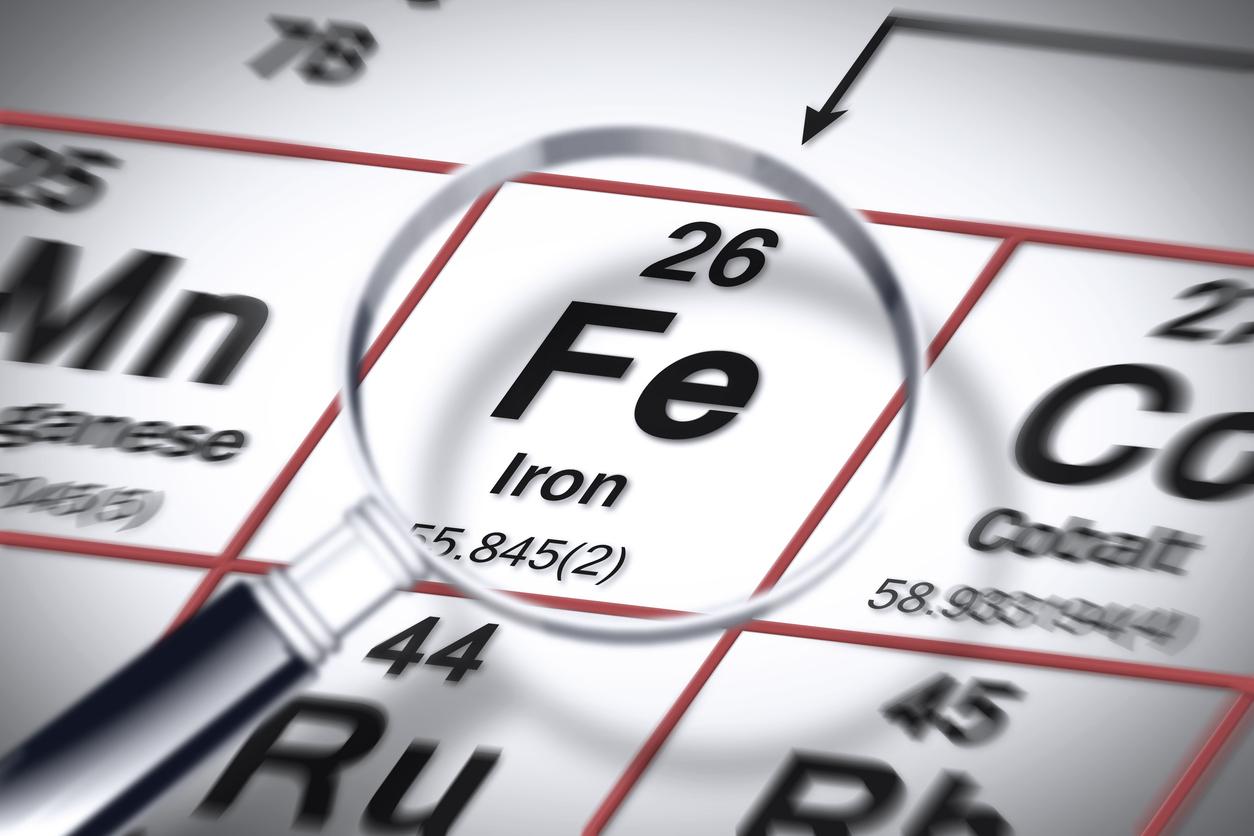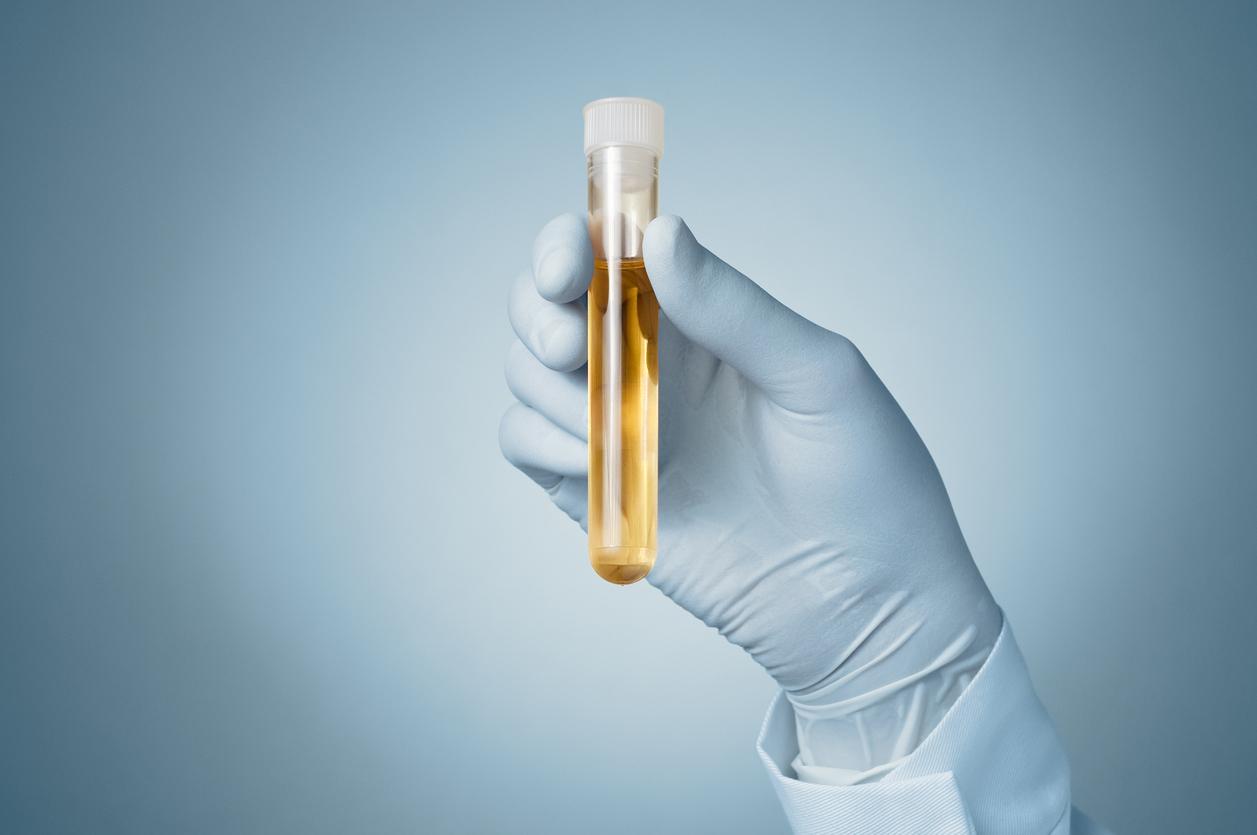World Hemochromatosis Week, which runs from June 1 to 7, is an opportunity to take stock of the symptoms of this genetic disease which causes an excessive accumulation of iron in the body.

- World Hemochromatosis Week is held from June 1 to 7.
- Hemochromatosis is characterized by digestive hyperabsorption of iron which leads patients to have high iron levels.
- This genetic disease has a simple treatment: bloodletting.
Hemochromatosis, which is characterized by excessive absorption of iron by the intestine, is the most common genetic disease, affecting one in 200 people in France. However, it remains relatively unknown to the general public.
The France Fer Hémochromatose (FFH) association is taking advantage of World Hemochromatosis Week, which runs until June 7, 2024, to present the symptoms of the disease.
Hemochromatosis: what are the signs?
“A person with hemochromatosis has a great “greed” for iron contained in foods (such as red meat, seafood, organ meats, chickpeas, etc.)”explains the association in its press release. Excessive absorption of iron by the digestive system leads patients to have a concentration of the nutrient in their blood. Significant iron deposits form in the liver, then gradually in other organs, causing tissue damage and complications (cirrhosis and liver cancer, etc.).
The first signs of this hereditary pathology generally appear in adulthood, around the age of 45 for men and after menopause for women. They are varied:
- unexplained chronic fatigue: it is sometimes accompanied by erectile dysfunction and a drop in libido;
- joint pain: it is very suggestive when it affects bothe and 3e fingers of the hand, making handshake painful;
- an abnormally tanned or grayish complexion;
- an increase in the volume of the liver: this can develop into cirrhosis (due to iron and not alcohol) with the risk of subsequently developing liver cancer;
- diabetes often requiring insulin treatment;
- heart disease: rhythm disorders or heart failure.
“Hemochromatosis is unfortunately often detected too late. This late diagnosis is all the more frustrating as other cases of hemochromatosis are likely within the family. A simple blood test, carried out following the diagnosis of a close relative, can either rule out hemochromatosis or detect iron overload.”underlines FFH.

Hemochromatosis: a simple treatment to avoid complications
If hemochromatosis is detected early, the risks of serious and irreversible complications are lower for the patient. In addition, the treatment of this genetic pathology is quite simple to implement and allows the patient to have a life expectancy equivalent to that of the general population.
The treatment of hemochromatosis involves bloodletting.This involves taking a blood sample of 400 to 500 ml for 8 to 10 minutes, the practice of which is equivalent to that of a blood donation. Under certain conditions, the hemochromatosis patient can perform blood donations at the EFS. Bloodletting helps regulate the iron level in the body by eliminating the excess and restoring overloaded organs.explains the association. It then details this care. At the beginning of the treatment, bloodletting is carried out every week until the blood ferritin level returns to normal. Depending on the age and sex of the patient, it is between 20 and 400 nanograms of iron per milliliter (ng/ml) of blood.
Then, the bloodlettings are performed more spaced out (every month to every quarter) in order to prevent the ferritin level from rising again. They can be performed in the hospital or in certain situations in the form of blood donations in the EFS.

















